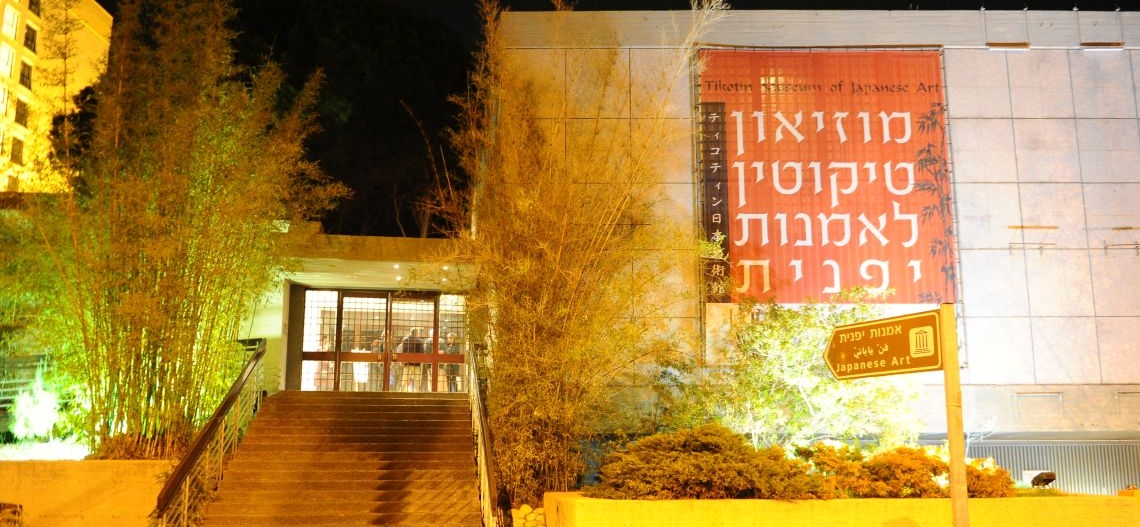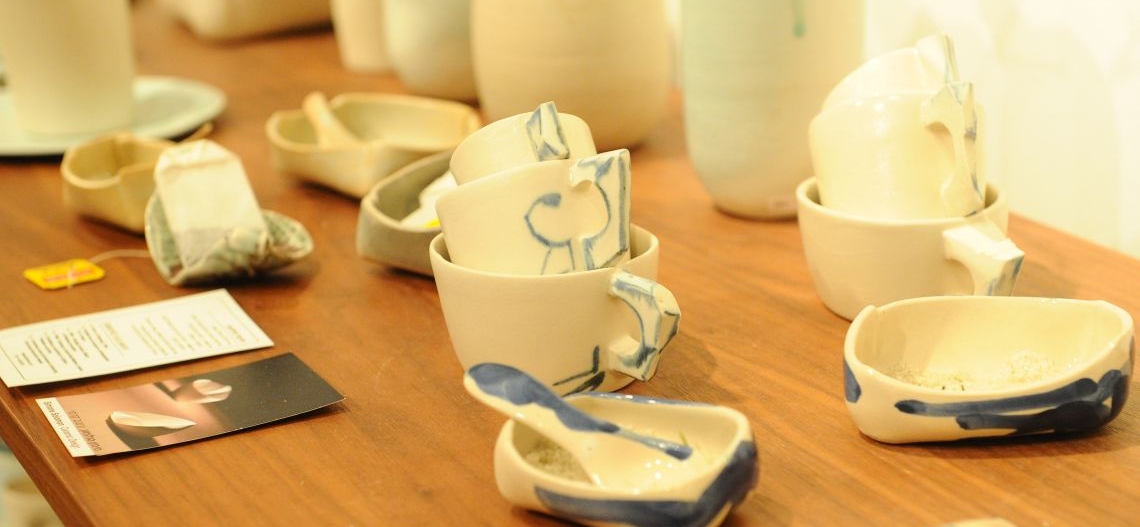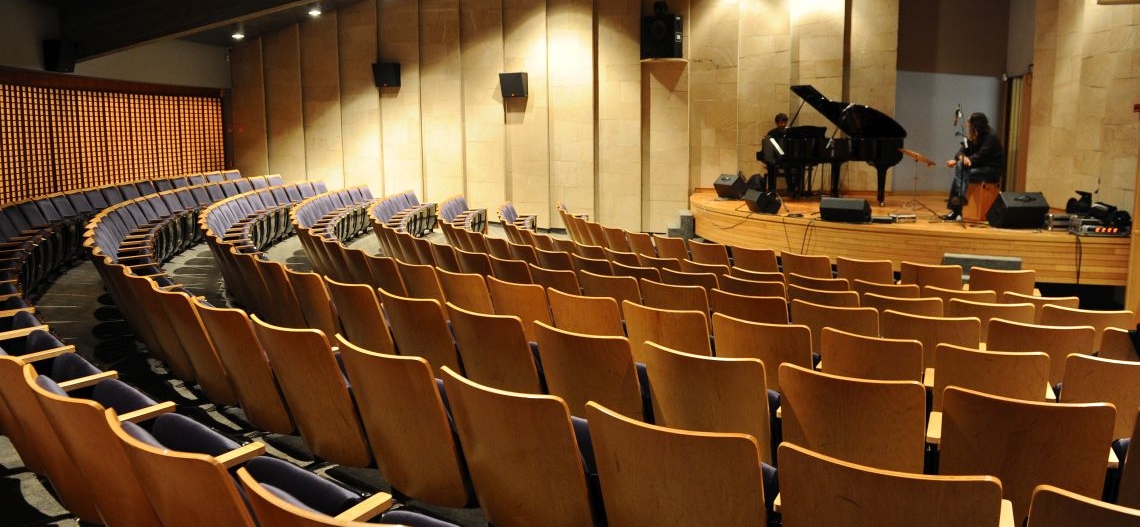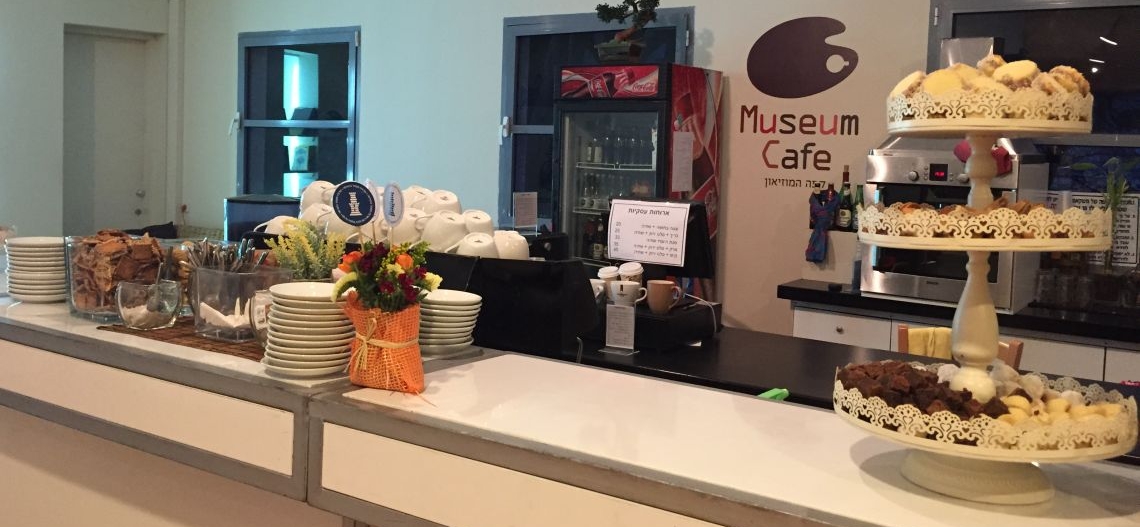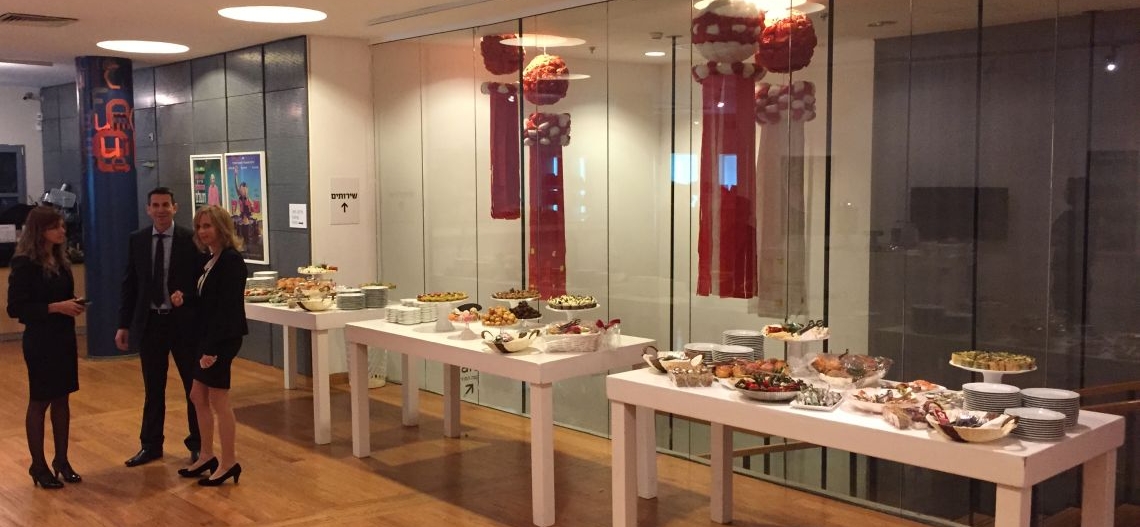Tikotin Museum of Japanese Art
Visitors Information
The Tikotin Museum of Japanese Art, situated on the heights of Mount Carmel, is the only one of its kind in the Middle East and is dedicated entirely to the collection, preservation, and exhibition of Japanese art and culture. A visit to the museum, designed as a gem of Japanese architecture, offers a glimpse into another world, magical and intriguing. The museum's collection includes about 8,000 items of Japanese art - traditional, modern, and contemporary, including paintings and prints, ancient illustrated books, screens, ancient swords, and various art objects.
History and Building
The museum was established in 1959, a joint initiative of Felix Tikotin, a Jewish architect from the Netherlands and a world-renowned collector of Japanese art, and Haifa's then-mayor, Abba Hushi. Tikotin, who over more than forty years built a unique and valuable collection, decided to donate it to Israel. To establish the museum's status, he forged relationships with key figures in Japan and around the world and founded the Friends' Association. Members of the association included museum directors, academics like Prof. Chisaburoh Yamada (who was chosen to be the museum's first director), and cultural figures. Today, his daughter, Mrs. Ilana Drucker-Tikotin, heads the museum's Board of Trustees.
Upon its establishment, the museum was given three main goals: to deepen knowledge of Japanese culture among the Israeli public, to encourage academic research, and to promote mutual understanding between Israel and Japan. The original exhibition hall was designed in a Japanese spirit, with paper-covered sliding doors and a Zen garden, providing an authentic experience. In 1995, the construction of a new, spacious wing (1,800 sq. m.) was completed, designed by the renowned Japanese architect Junzo Yoshimura and the Israeli architect Al Mansfeld. This building includes two exhibition halls, a café, and collection rooms. In 1997, the Raphael Angel Auditorium was inaugurated, which hosts lectures, quality film screenings, and various cultural activities.
Kisch House and Educational Activities
Adjacent to the museum is the "Kisch House," the home of Brigadier Frederick H. Kisch, which serves as a center for extensive educational activities. Two original Japanese rooms were built in the Kisch House, used for learning about the Japanese way of life - clothing, food, and the home. The venue hosts many diverse creative workshops for the whole family, drawing inspiration from the exhibitions and Japanese culture. Throughout the year, the museum holds many events, including lecture evenings, tea ceremonies, celebrations, and special festivals, which attract tens of thousands of visitors annually.
Contact:
Tickets and Reservations
E-mail enquiries
Prices:
|
|
Entrance Ticket |
Combined Haifa |
|
Adults |
40NIS |
80NIS |
|
Children (ages 5-18) /Policemen /soldiers/students/Disabled visitors/ Resident of Haifa (Presenting an identity card) |
30 NIS |
|
|
Senior citizens |
20 NIS |
40 NIS |
|
Family admission ticket |
100NIS |
170NIS |
|
Another child. |
17NIS |
17NIS |
*Groups interested in guided tours (also available in other languages) Contact Us - 04-6030800 ext.4 or in the email: visitors@haifamuseums.org.il
*25% discount on exhibitions and events at Haifa Museums for Haifa Municipality workers (valid ID required)
Map:
What can be found in the area:
Special discounts:
-10% off on activities in Haifa Museums For Mizrachi Tfahot card members. Discount valid in entrance and exhibitions tours, cinema, lectures, children activities, museum shops
-Benefit for American Express customers: 1 + 1 in purchasing an entrance ticket for exhibitions at the Haifa Museums for 390 points for all American Express customers and for 90 points for premium customers
-25% discount for Haifa Municipality employees for exhibitions, events, lectures, children activities and more, 20% discount in museum shops
-Members of "Artists Creating in Israel" - Entrance ticket for only 15 NIS when presenting an updated member card.
-New immigrants, up to one year in Israel can enter free of charge when presenting valid identification.

